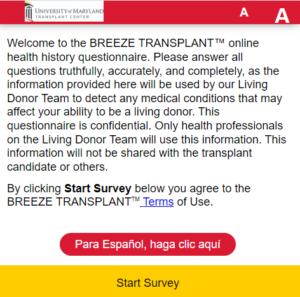This is not Jason Lee’s first rodeo when it comes to seeking a live donor to help save his life. And right now, the clock is ticking to encourage more people to register as living organ donors.
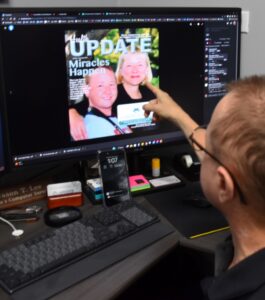
Lee’s first gift of a medical transplant came when he was just seven years old. He was diagnosed at the age of five and beat the odds, facing a survival rate of less than 1 percent from AML leukemia, through a transplant of bone marrow donated by someone who was then a stranger. Now Lee, his family, and that donor, Lori Groen of South Milwaukee, Wis., are lifelong friends and consider each other’s families their own.
“Lori originally donated her bone marrow anonymously, with an option to be reached if the transplant patient agreed,” said Lee. “I think it was her way of paying life forward or giving back life in a world where she had no children of her own.”
Lee—now aged 42—remains cancer free and is the longest-living unrelated bone marrow transplant recipient with a still-living donor. The consequences of the strong chemotherapy he received in preparation for the transplant 33 years ago, however, continue to wreak havoc on his continued health.
The chemotherapy that helped save Lee from AML leukemia also wiped out his growth hormones and left lingering effects on his heart, blood cells, and kidneys.
Now, Jason Lee needs a new kidney.
After three years of declining kidney function, he now requires dialysis twice weekly and qualifies to be on the national organ transplant list. He is one of 92,000 people in the United States waiting for a kidney and one of 106,000 on the national transplant waiting list, according to the United Network for Organ Sharing (UNOS).
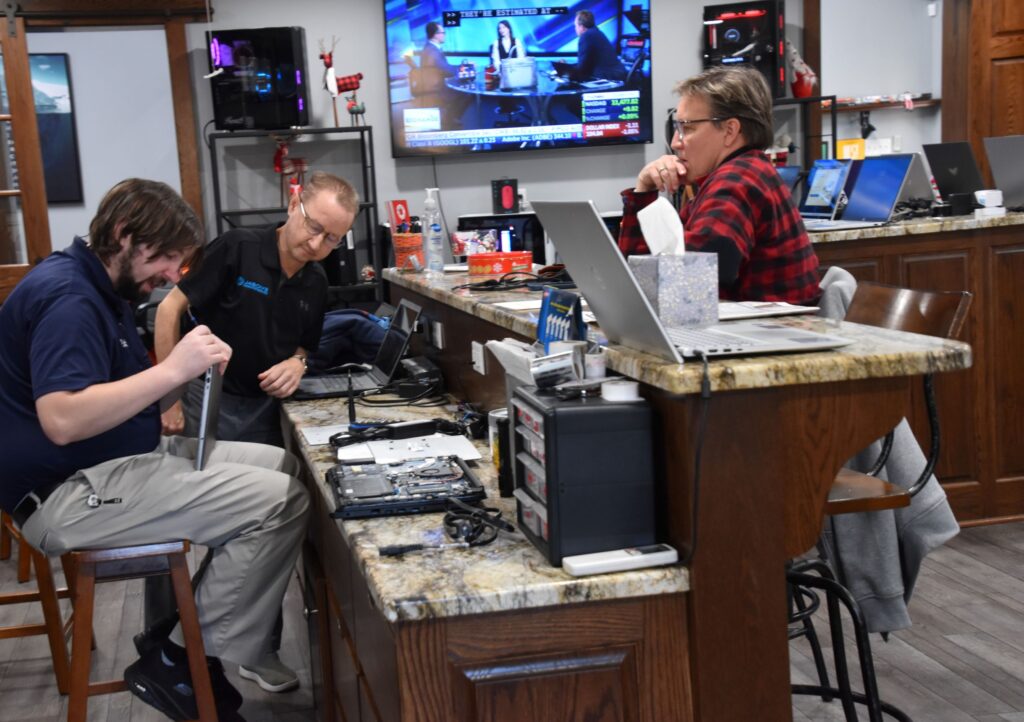
Many local folks know Lee for his thriving residential and commercial computer business that’s been operating in Easton, Md., for more than 23 years. Jason’s Computer Services has a dedicated cadre of specialists on its team, including mom Holley Lee, the friendly voice and face greeting clients coming in to purchase or upgrade a computer or to have a bug fixed in one.
Lee says he doesn’t remember much about his young life when his family moved from Easton to Wisconsin for his treatments and the following three years mostly spent in and out of Children’s Wisconsin—a bone marrow transplant pioneer—and the Ronald McDonald House in Milwaukee.
“It’s like a bad dream,” he says. “I think I’ve blocked out most of my memories from the whole experience.”
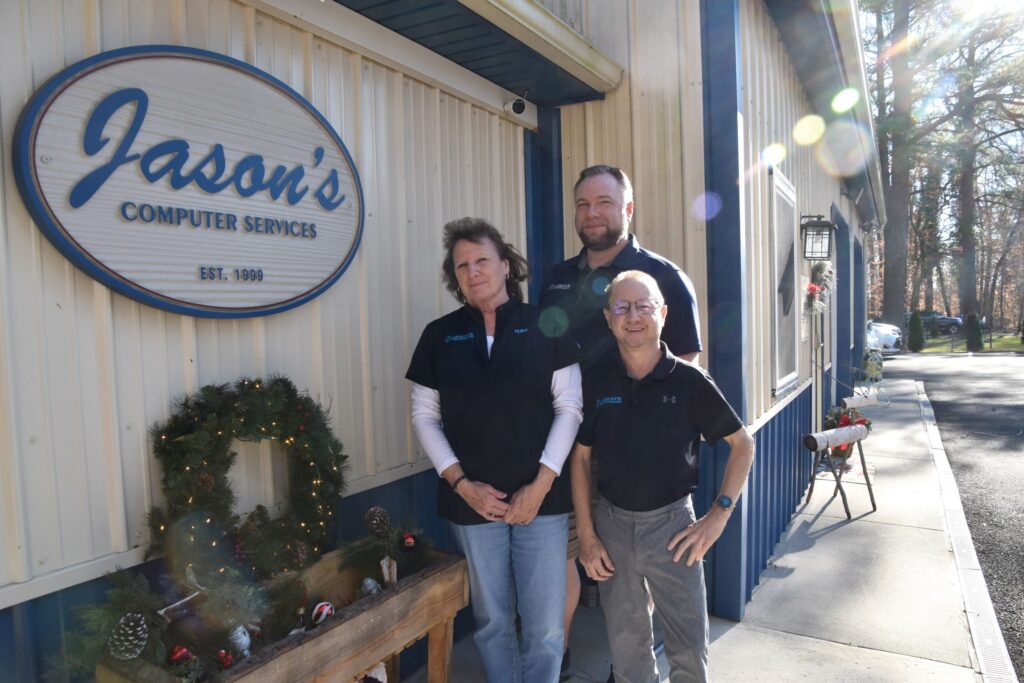
When I’m introduced to Lee’s mother later, I share his comment with her and say as I put my arm around her, “I bet you remember everything.” She slowly nods, and you can see in her widened eyes the faint remembrance of the pain the experience brought the entire family.
“Now, here we are again,” she quietly says with a palpable pang of angst.
The Need for Living Kidney Donors
A kidney transplant from a living donor generally provides better outcomes for the recipient and is vital in reducing the time patients spend o n organ transplant waitlists. That’s because living organ donation offers the opportunity for pre-screening to find the healthiest, best-functioning organs, with organs immediately transplanted in a planned setting to preserve functionality.
Every day of waiting also means more opportunities for the recipient’s health to decline. As more people register as living organ donors, the waiting time can be lessened for those needing a kidney to sustain their lives.
“I’m lucky that I own a business and have a great team to take care of our customers,” says Lee. “Because if my kidneys continue to decline, I’ll need to be out of the office with more than two days of dialysis. It’s something I worry about. Will dialysis work? Will a donor be found?
“I can’t imagine how hard this journey would be for, say, a single parent with their employment and health insurance on the line,” he adds.
The American Kidney Fund states that most people wait three to five years for a kidney from the national transplant waiting list in the United States.
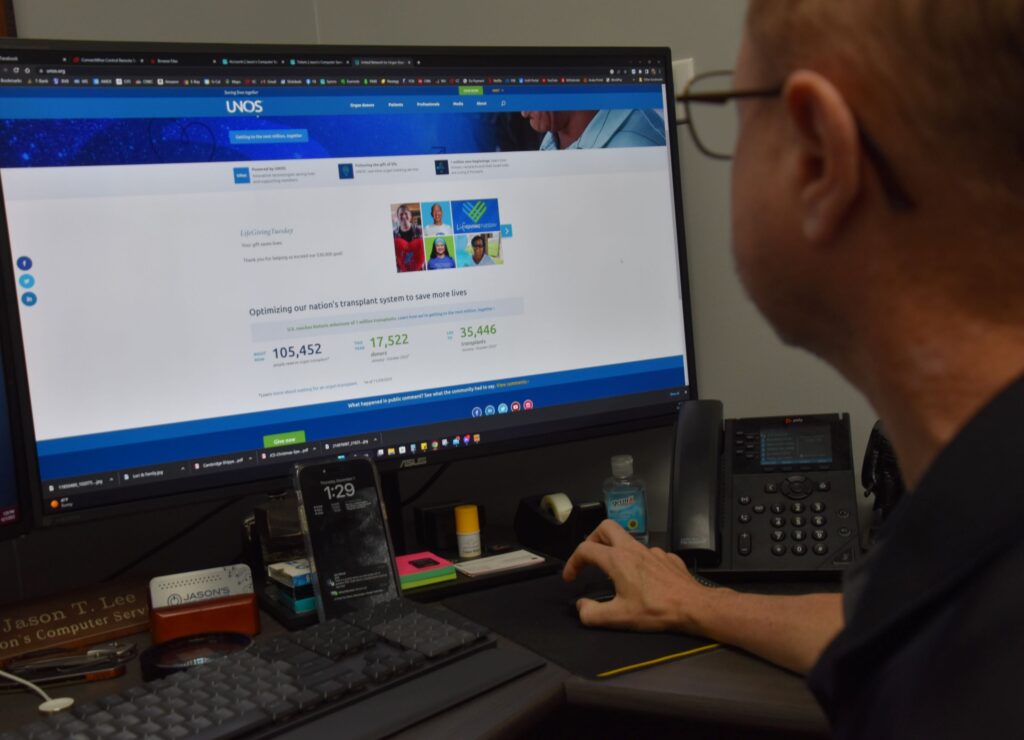
To address this waitlist, a kidney-paired donation process has been launched to link two or more pairs of living donors to make a compatible transplant.
“This works well when a transplant candidate has someone who wants to donate a kidney to them, but tests show the kidney would not be a good medical match,” says Lee. “It’s a win-win for patients and donors.
“Basically, you can donate a kidney on my behalf to someone else, and in return, the system will move me up on the list and link me to another donor.”
The Process of Becoming a Living Donor
I am generally one of the first to raise my hand when asked to help someone out, much like Tidewater Times publishers Anne and John Farwell, who enthusiastically answered Lee’s written request to help him find a live organ donor and asked me to write this story. They’ve also agreed to share the story with as many people as possible, which is why you may be reading it elsewhere as well.
So, the first thing I did after briefly speaking to Lee on the phone to set up our interview was to register as a live organ donor. Lee’s life depends on it, as do the lives of so many others in need of an organ transplant. And maybe I can help. And maybe you can help.
I immediately went to ummclivingdonor.org to take the online health history questionnaire for the University of Maryland Transplant Center’s Living Donor Program, through which Lee will hopefully receive his transplant. I’m already a registered organ donor upon my passing—and I know of three people who have benefited from a live kidney donation—so the decision to inquire and register came easily for me.
Lee says he checks in weekly with his Living Donor Kidney Recipient Coordinator, Jessica Davidson Lewis, RN, at the University of Maryland Medical Center for news of any new registrants who include his name in their online questionnaires and surveys.
“We’ve had about seven people register and take the questionnaire so far,” he says. “And I think we need a pool of about 30 on average to find a qualified donor and/or match.”
For me, the online questionnaire took about 20 minutes to complete, with questions that were very thorough regarding my health, blood type, medications, lifestyle, and more. Sadly, it turns out that I am not a live organ donor candidate.
It’s easy to see why many people are booted out of organ transplant consideration. The rigorous qualifications to be a live kidney donor also make it easy to understand why living organ donation is preferred for people facing kidney failure because so many unknowns can be ruled out.
“I think there’s a lot of disinformation about organ donation out there,” says Lee. “For example, people think they need to have a direct match to me to donate, and they don’t.
“Each kidney that is donated into the system helps more people than just me,” he adds. “That’s why I’m asking your readers to please take the time to look into becoming a live organ donor or to at least answer the screening questions. Because your donation can save two lives. And that’s a big deal.”
Lee says the recipient patient’s insurance will usually cover the medical expenses of the person donating an organ. Most donors can return to light duty within two to three weeks of their surgery, or four to six weeks for more physically demanding jobs.
As I head out of Lee’s office after our interview, he shows me a photograph of Lori Groen and their extended family.
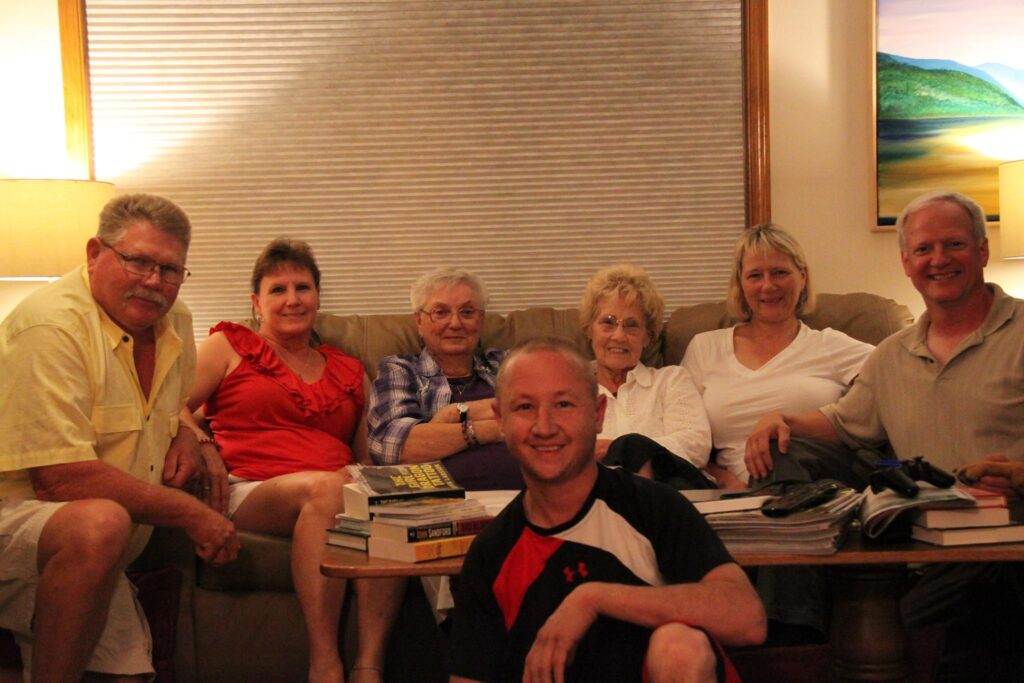
“I’m still here because of her,” he says, his warm smile filled with gratitude and affection as he looks at the photo. “Lori’s decision to become a bone marrow donor helped give me a life beyond my childhood leukemia. Now I have hope that someone else will step up and answer that call for me again with a new kidney.”
To learn more about how you can help Lee and/or someone else in need, please visit www.ummclivingdonor.org.
________________________
This story was reprinted with permission from Tidewater Times and Tracey F. Johns.
Never miss an update: Sign up for Talbot County Economic Development and Tourism’s Talbot Works newsletter here.
